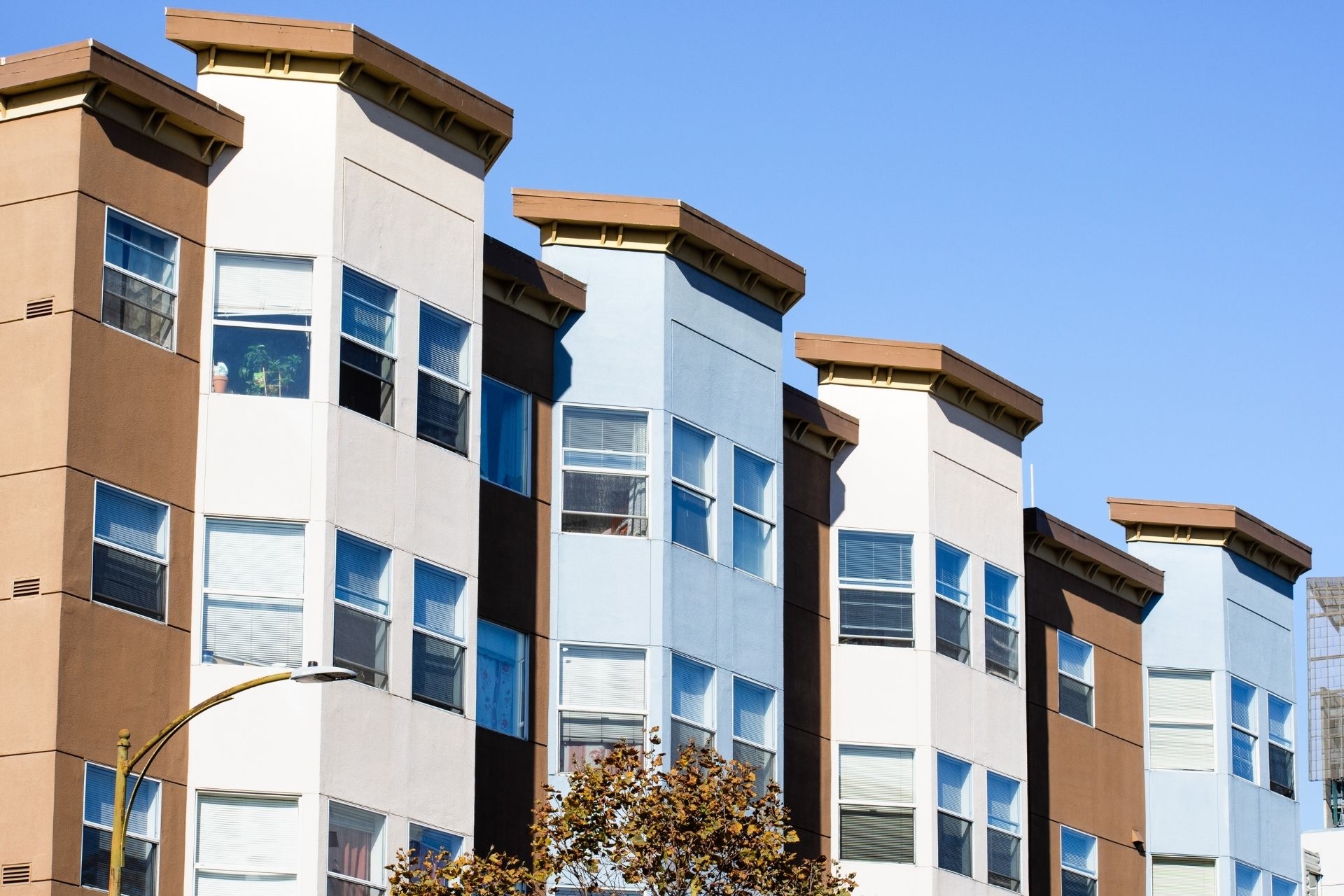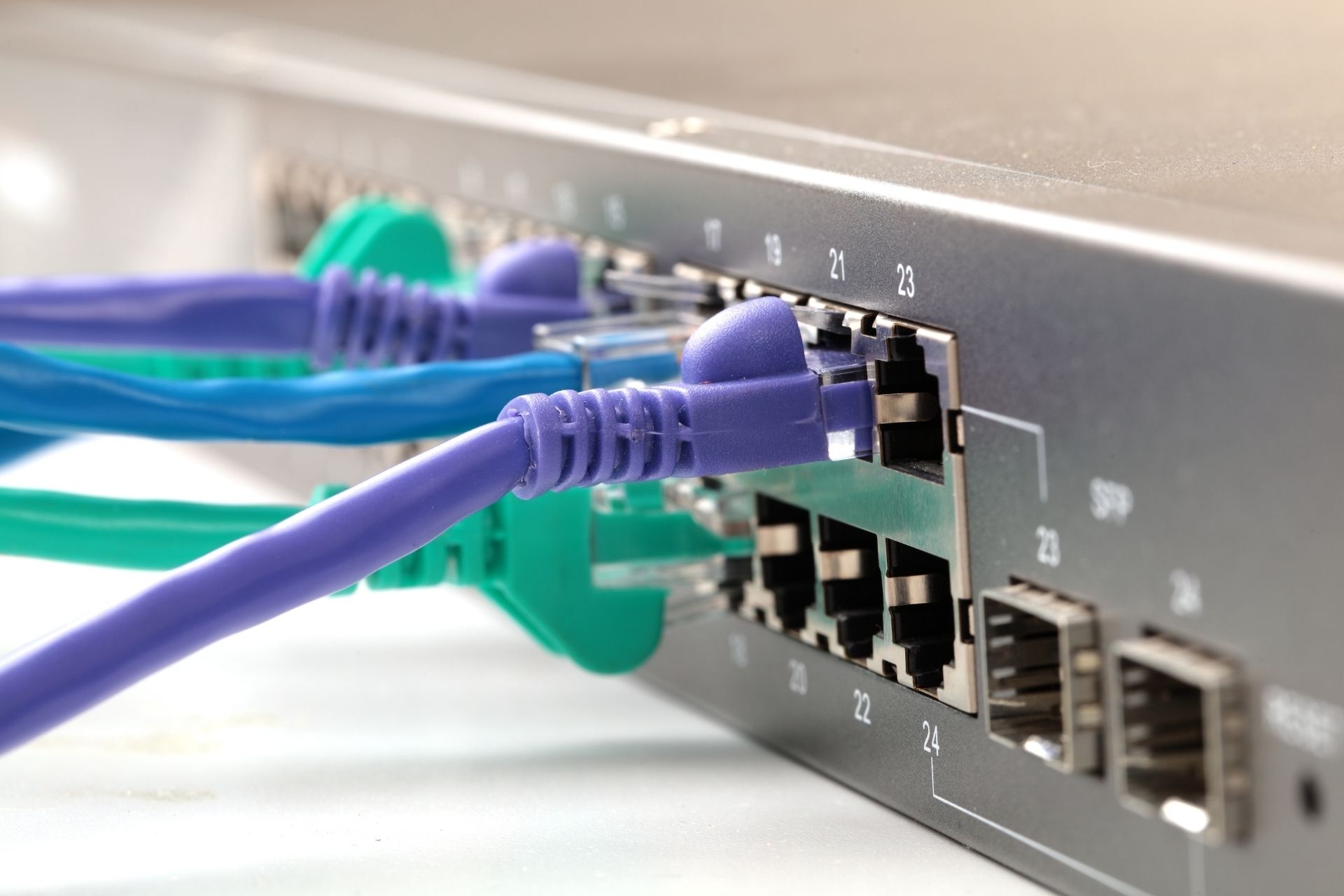Fiber Optic Internet Quality of Service (QoS) Standards
What are the key Quality of Service (QoS) standards for fiber optic internet?
Quality of Service (QoS) standards for fiber optic internet typically include metrics such as latency, jitter, and packet loss. These standards ensure that data packets are delivered in a timely and reliable manner, prioritizing certain types of traffic over others based on predefined parameters. By adhering to these standards, fiber optic internet providers can guarantee a consistent and high-quality user experience for their customers.
Fiber Optic Internet for MDU Internet Services








